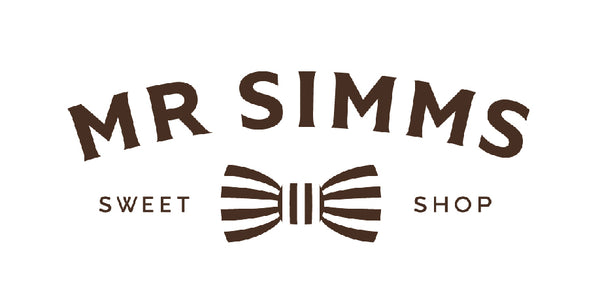
Britain’s Most Popular Sweets: 1900s and 1910s
Share
The 1900s and the 1910s saw the conception of Wine Gums, Gobstoppers, Aniseed Balls and Jelly Babies! Scroll down to find out all you need to know about these delicious sweets.
Wine Gums

Wine gums were created in the 1900s and although the name suggests otherwise, they do not actually contain wine. According to the company Maynard, they were invented because Charles Gordon Maynard wanted to create a sweet to appeal to adults but not upset his teetotal father. Hence, wine-less wine gums were spawned.
Gobstoppers

Gobstoppers have existed for around 100 years although it is unknown who originally invented them or specifically when they were invented. Gobstoppers are round, very hard balls of layered candy. Traditionally, Gobstoppers are about 1-3cm in size but now they come in all different sizes with the bigger ones being up to 8cm in diameter. The biggest of Gobstoppers can take days to finish!!
Gobstoppers were a favourite of British school boys during the interwar years. Because of their role in Roald Dahl’s childhood, Gobstoppers were also featured in his book, Charlie in the Chocolate factory. In his book, Roald Dahl created “Everlasting Gobstoppers”, fictional Gobstoppers that can never be finished.
Unfortunately, Gobstoppers that can never be finished do not exist as of yet. Nevertheless, Gobstoppers take so long to finish the fun never ends!
Aniseed Balls

Aniseed balls were created in the 1910s and are made from aniseed oil.
Aniseed balls were popular with children during the first and second world wars. Apart from being a food stuff, Aniseed balls were also used as a time delay for setting off explosives in Limpet mines during World War 2, giving soldiers an edge against the Nazis. A Limpet mine was an explosive weapon meant to be attached to the bottom of a ship by a diver. They only problem was, the Limpet mines kept going off too quickly not leaving enough time for the diver to swim away. The solution? Aniseed balls! Because Aniseed balls dissolve slowly in water, it allowed the diver enough time to escape before the Limpet mine exploded.
Jelly Babies

Aniseed balls were used during the second world war. Jelly Babies on the other hand were created to celebrate the end of the first world war. In fact, they were first launched by Bassett’s in 1918 as “Peace Babies”. It was only in the 1950s were they re-launched as Jelly Babies.
Fun fact: Fans of the Beatles used to throw Jelly Babies at the Beatles after it was revealed that Jelly Babies were George Harrison’s favourite.
That’s it for the most mouth-watering sweets of the 1900s and the 1910s. Don’t forget to check regularly for new blog posts. We'll be posting a new one every few weeks. Next up: the sweets of the sweets of the Roaring 20’s.
